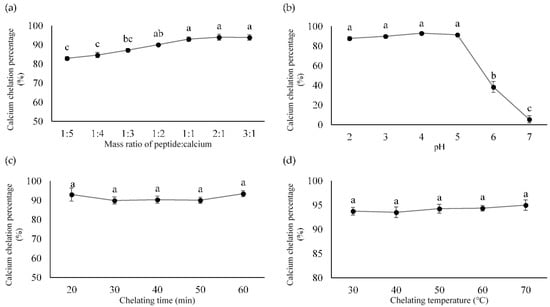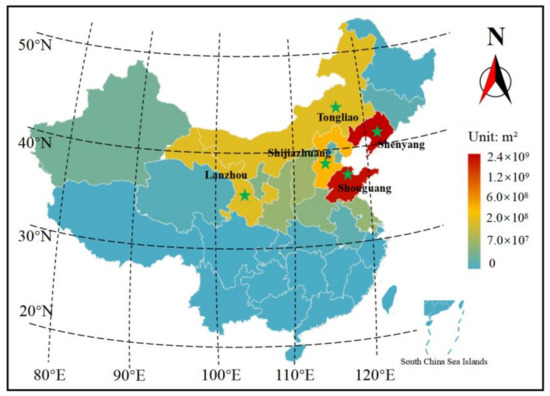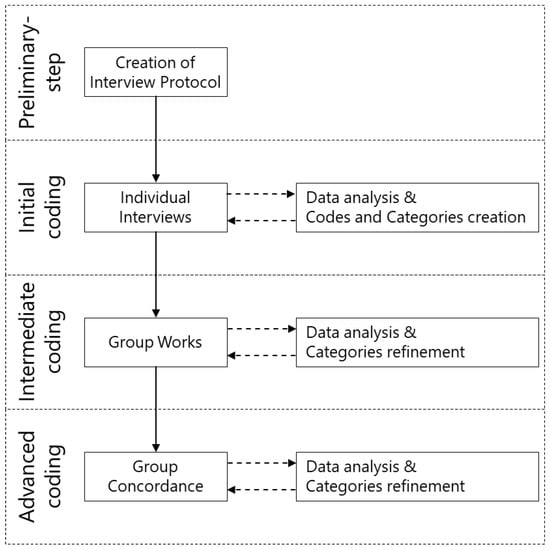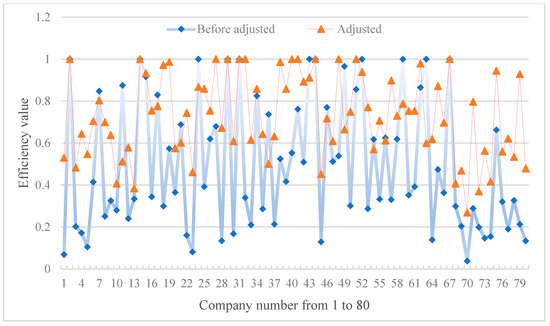Sustainability 2023, 15(8), 6705; https://doi.org/10.3390/su15086705 - 15 Apr 2023
Cited by 4 | Viewed by 3078
Abstract
As the integration of inverter-based resources (IBRs) is rapidly increasing in regard to the existing power system, switching from grid-following (GFL) to grid-forming (GFM) inverter control is the solution to maintain grid resilience. However, additional overcurrent protection, especially during fault transition, is required
[...] Read more.
As the integration of inverter-based resources (IBRs) is rapidly increasing in regard to the existing power system, switching from grid-following (GFL) to grid-forming (GFM) inverter control is the solution to maintain grid resilience. However, additional overcurrent protection, especially during fault transition, is required due to limited overcurrent capability and the high magnitude of spikes during fault recovery in IBRs, specifically in the GFM control mode. Furthermore, the power system stability should not be compromised by the employment of additional fault ride through (FRT) schemes. This article presents the design and implementation of an adoptive fault ride through (FRT) scheme for grid-forming inverters under symmetrical fault conditions. The proposed adoptive FRT scheme is comprised of two cascaded power electronic-based circuits, i.e., fault current ride through and a spikes reactor. This adoptive FRT scheme optimizes the fault variables during the fault time and suppresses the fault clearing spikes, without affecting system stability. A three-bus inverter-based grid-forming model is used in MATLAB/Simulink for the implementation of the proposed scheme. Further, a conventionally used FRT scheme, which includes fault current reactors, is simulated in the same test environment for justification of the proposed adoptive scheme. The adoptive FRT scheme is simulated for both time domain and frequency domain to analyze the response of harmonic distortion with the suppression of the fault current. Moreover, the proposed scheme is also simulated under the GFL mode of IBRs to justify the reliability of the scheme. The overall simulation results and performance evaluation indices authenticate the optimal, fault tolerant, harmonic, and spike-free behavior of the proposed scheme at both the AC and DC side of the grid-forming inverters.
Full article
(This article belongs to the Special Issue Recent Advancements in Renewable Energy and Electrical Power Engineering Technology)
►
Show Figures














